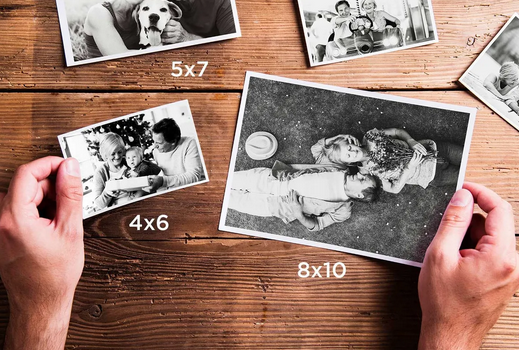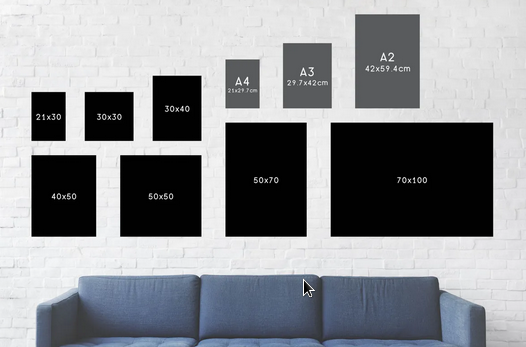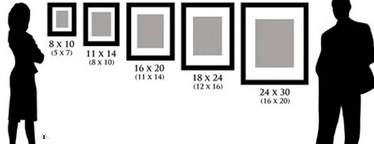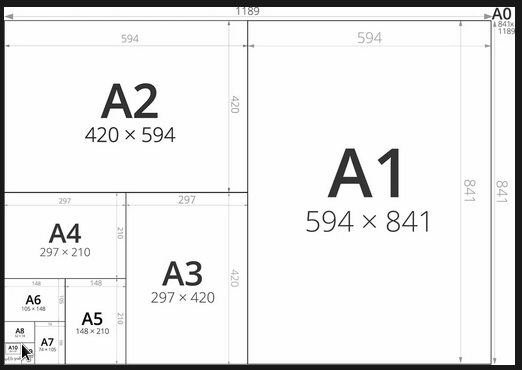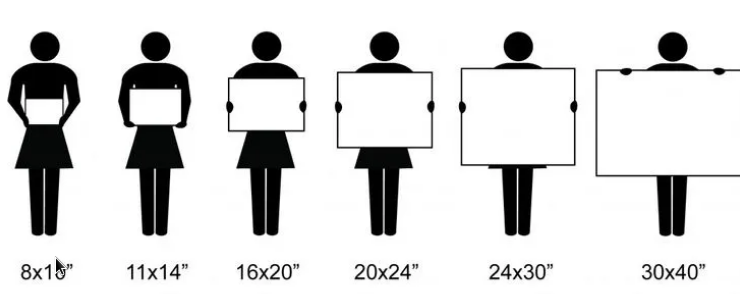3D PRITING NOTES
if the machine is too hot, the plastic melts flat. If it's too cold, it doesn't melt and so doesn't stick.
Doing levelling and pre-heating makes a difference
ISSUES
Thin layer of PLA stuck to build plate and can't remove. Heat hot (max is 100 but probably 70 or 80 is enough and it will peel off with a plastic scraping tool)
Ender 3 3d Printer: Assembly and Set Up
Ender 3 (not pro). Came with the flex bed.
Full tutorial: https://www.youtube.com/watch?v=dQ0q9zLygTY
Assembly takes about 1.5 hours, then setup another 20 minutes
Assemble with directions. It comes with 3 metal (things) and you just use one. The others are spares. The little blue parts do nothing, I think.
Make sure the 2 wires for X and E are in the right spots (you'll get an error message when you try to Auto Home that says ‘Homing Failed: Printer Halted Please Reset’, so you just switch them and try again to Auto Home).
The USB slot is not on the screen part but on the computer part.
Check voltage before plugging in.
Clip the filament (otherwise it won't go in) at a 45 degree angle. Feed it in from the outside using the lever and pushing. It goes right through that unit into the tube (which you connect and it should just basically feel locked in place)
SETUP
Auto Home to see if all the pulleys are working.
Level the bed: In the screen go to Prepare > Disable Steppers, so now you can move the bed around manually. move the nozzle to each corner and use the knobs underneath to go almost touching. Each corner. Then take a piece of paper and do the same, so you just get a bit of resistance sliding the paper. Then Auto Home again, and then do the paper thing again (it might have moved quite a bit so don't be surprised). Now you can print.




